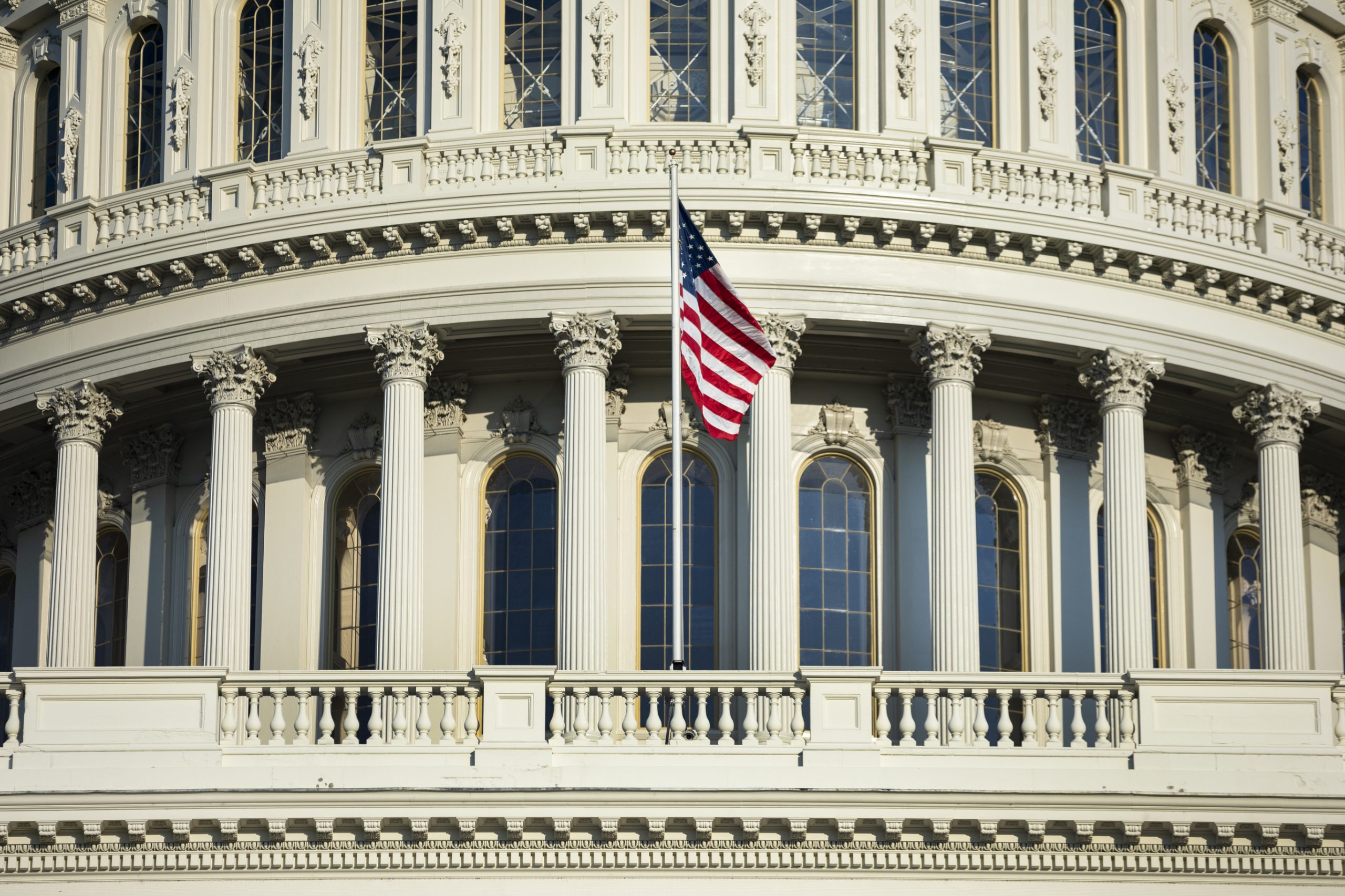
The Biden Administration announced a June 24 agreement on a bipartisan, $1.2 trillion infrastructure package (including $550 in new spending) negotiated by a group of 21 Republican and Democratic senators.
However, shortly after the meeting and announcement, the deal began to fall apart. President Biden said later that same day that he would not sign the bipartisan package unless it was accompanied to his desk by a multi-trillion-dollar package of investments — in family services, climate change and other initiatives — passed through the budget reconciliation process (that requires 51 votes rather than the 60 normally required to end a filibuster and vote). The outlines of the broader bill reflect many of the support services initiatives in the Biden Administration’s original infrastructure proposal, as well as the American Family Plan.
This insistence was later echoed by Speaker Nancy Pelosi, further challenging continued support of the bipartisan agreement.
By Friday, June 25, several of the 11 Republicans who supported the deal on Thursday were announcing their withdrawal because they did not favor twinning the bipartisan package with the larger effort maneuvered through reconciliation.
By the next day, the Biden Administration had reversed course, decoupling the two efforts, which was a walk-back that seems to have worked.
During the last week of June, the Biden Administration commenced its advocacy for the bipartisan infrastructure legislation, but the House of Representatives passed a $715 billion counter proposal in the same window, largely along party lines.
More about the differences in the two proposals from The New York Times:
Just how the House Democratic vision of infrastructure will be melded with the deal struck by five Republicans and five Democrats in the Senate is anything but clear. The House bill and the Senate deal are not far apart in spending numbers on traditional infrastructure. Both efforts take up Mr. Biden’s call to replace all of the country’s lead drinking water pipes.
But while the Senate framework only lays down broad categories of spending, the House bill extends surface transportation policies and user funds that are set to expire Oct. 1. It also established new policies like water bill assistance, buy American requirements and a pilot program for low-income transit access.
So, what happens now? While a bipartisan deal has been reached, it appears an agreement is still a way down the road.
A potential timeline:
- During the congressional recess, relevant committee chairs and others will take the scaffolding of the bipartisan package and put it into legislation form. The Senate will vote — leadership hopes by the end of July — and after some legislative back and forth, negotiators will attempt to reconcile the Senate agreement with the bill the House has passed.
- On the reconciliation track, first there must be a Budget Resolution laying out the broad parameters of the multi-trillion package. The challenge will be crafting something that can secure the support of all 50 Democrats in the Senate and all (or nearly all) Democrats in the House.
- Leadership hopes those votes also will occur before the end of July, prior to the extended recess Congress is scheduled to take in August.
- Also looming is the end of the federal fiscal year on Sept. 30.


